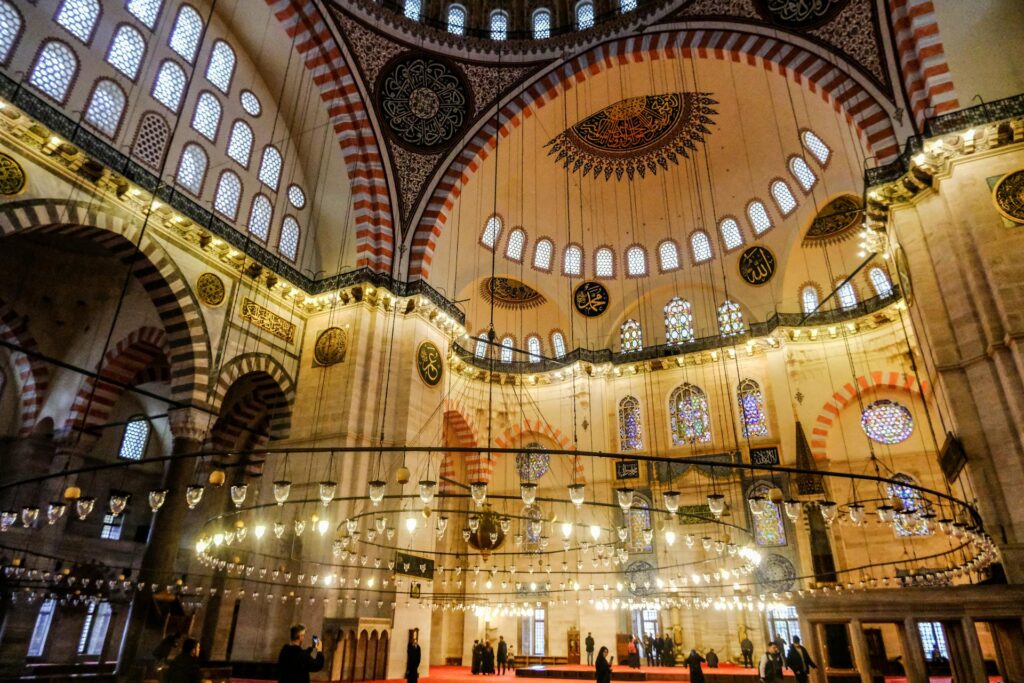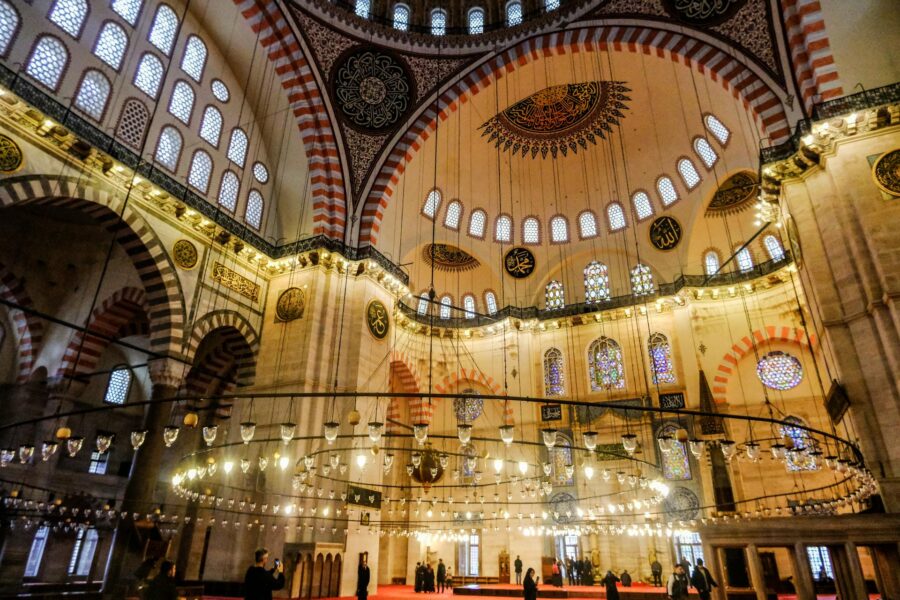
The Influence of Islamic Art on Medieval Europe
Introduction of Artistic Techniques
Islamic art had a significant influence on medieval European art through the introduction of techniques and styles. Intricate geometric patterns, calligraphy, and arabesques, characteristic of Islamic art, found their way into European decorative arts. Techniques such as tilework, inlay, and the use of vivid colors and complex designs were adopted and adapted by European artists, enriching the visual culture of the medieval period.
Architectural Inspirations
Islamic architecture also inspired medieval European builders and architects. Elements such as horseshoe arches, domes, and elaborate stucco work influenced the design of European buildings, particularly in regions with strong Islamic presence, such as Spain and Sicily. The interplay of light and shadow in Islamic architecture, achieved through the use of intricate screens and muqarnas, also inspired the Gothic emphasis on light and space.
Transmission Through Trade and Diplomacy
The transmission of Islamic artistic influences occurred through trade, diplomacy, and cultural exchanges. The Crusades, as well as commercial interactions between Europe and the Islamic world, facilitated the exchange of artistic ideas and techniques. Luxury goods such as textiles, ceramics, and metalwork, often featuring Islamic designs, were highly prized in Europe and contributed to the diffusion of artistic influences.
Conclusion
The influence of Islamic art on medieval Europe was profound and far-reaching. The integration of Islamic techniques and styles into European art and architecture reflects the rich cultural exchanges that characterized the medieval period, contributing to the development of a diverse and vibrant artistic heritage.
Tags: #IslamicArt #MedievalEurope #ArtisticExchange
Category: Medieval Art and Architecture
